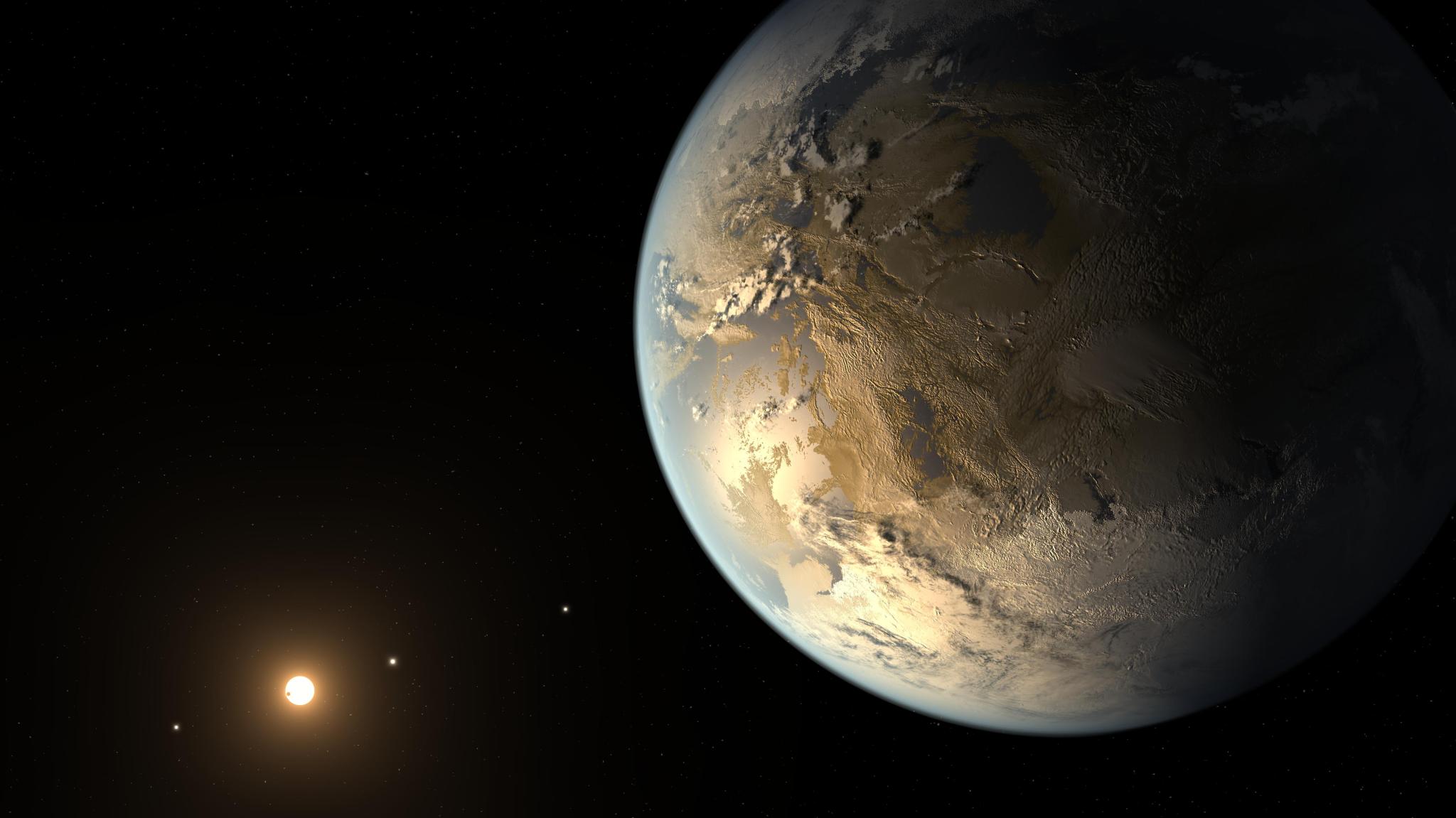Mission
NASA Ames Research exoplanet scientists are committed to furthering NASA’s goal of discovering planets around other stars, studying their environments, and identifying those which could harbor life. Specific focus areas include:
Observation
- Discovering new exoplanets via the transit method with Kepler/K2 and TESS
- Characterizing the atmospheres of exoplanets and brown dwarfs using transit spectroscopy, direct imaging, and high-resolution Doppler-shift spectroscopy taken with ground- and space-based telescopes (including the Hubble Space Telescope and the James Webb Space Telescope)
- Characterizing the orbits and stellar properties of exoplanet host stars, and binaries
Theory
- Developing one and three-dimensional chemical, and climate models to study exoplanet atmospheres as well as magma-atmosphere, and surface-atmosphere interactions.
Creating novel methodologies to analyze space and ground-based data to enable high-precision scientific results
Determining the detectability of biosignatures in exoplanet atmospheres with photochemical modeling
Laboratory
Characterizing new atmospheric and surface biosignatures using field and lab experimental work and
Generating high-resolution ro-vibrational spectroscopic line lists used in the modeling and characterization of exoplanet atmospheres
Instrumentation
Advancing direct imaging technologies toward the ultimate goal of discovering Earth-like exoplanets (with focus on Roman CGI and LuvEx)
Developing small mission concepts



























